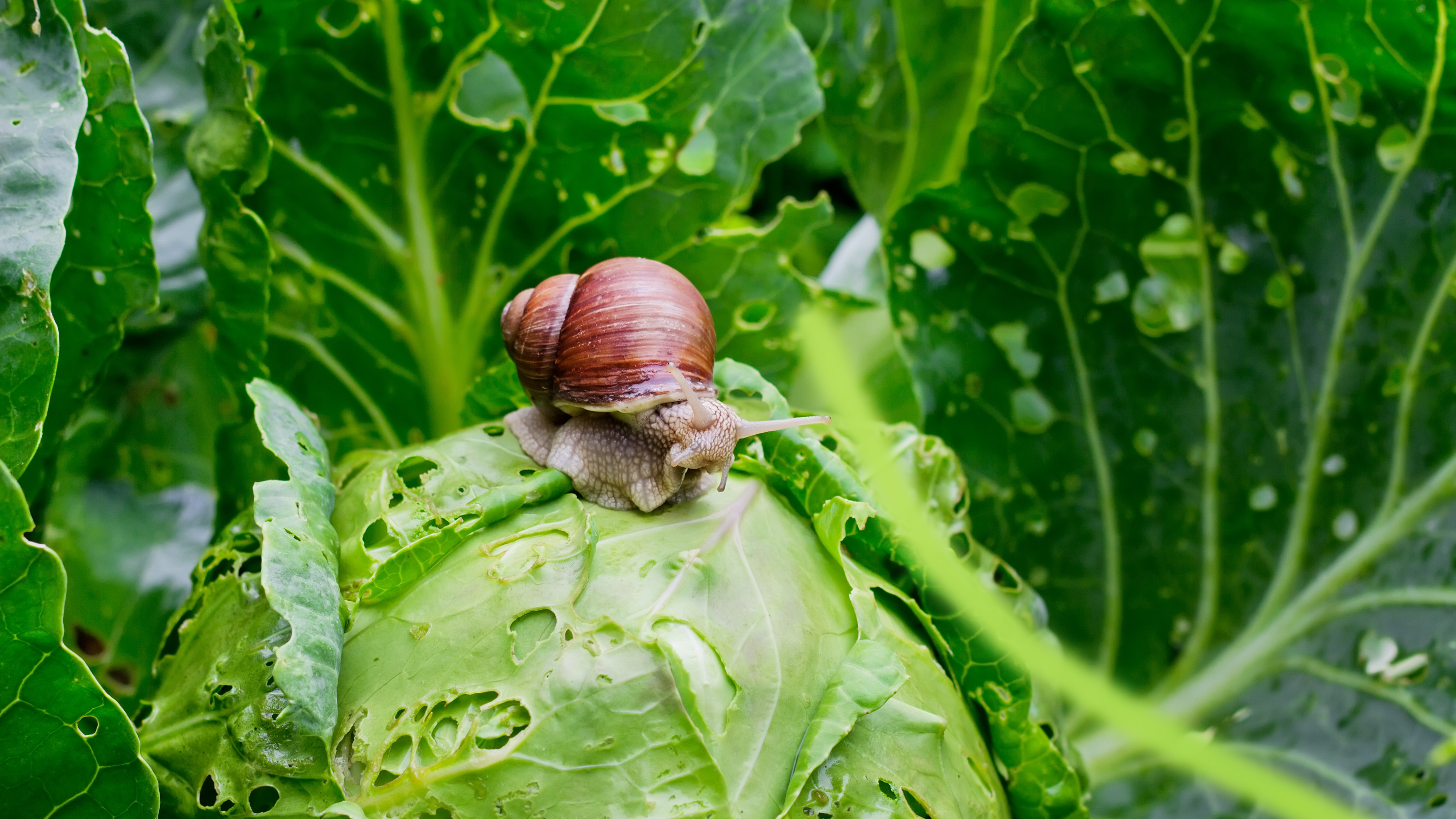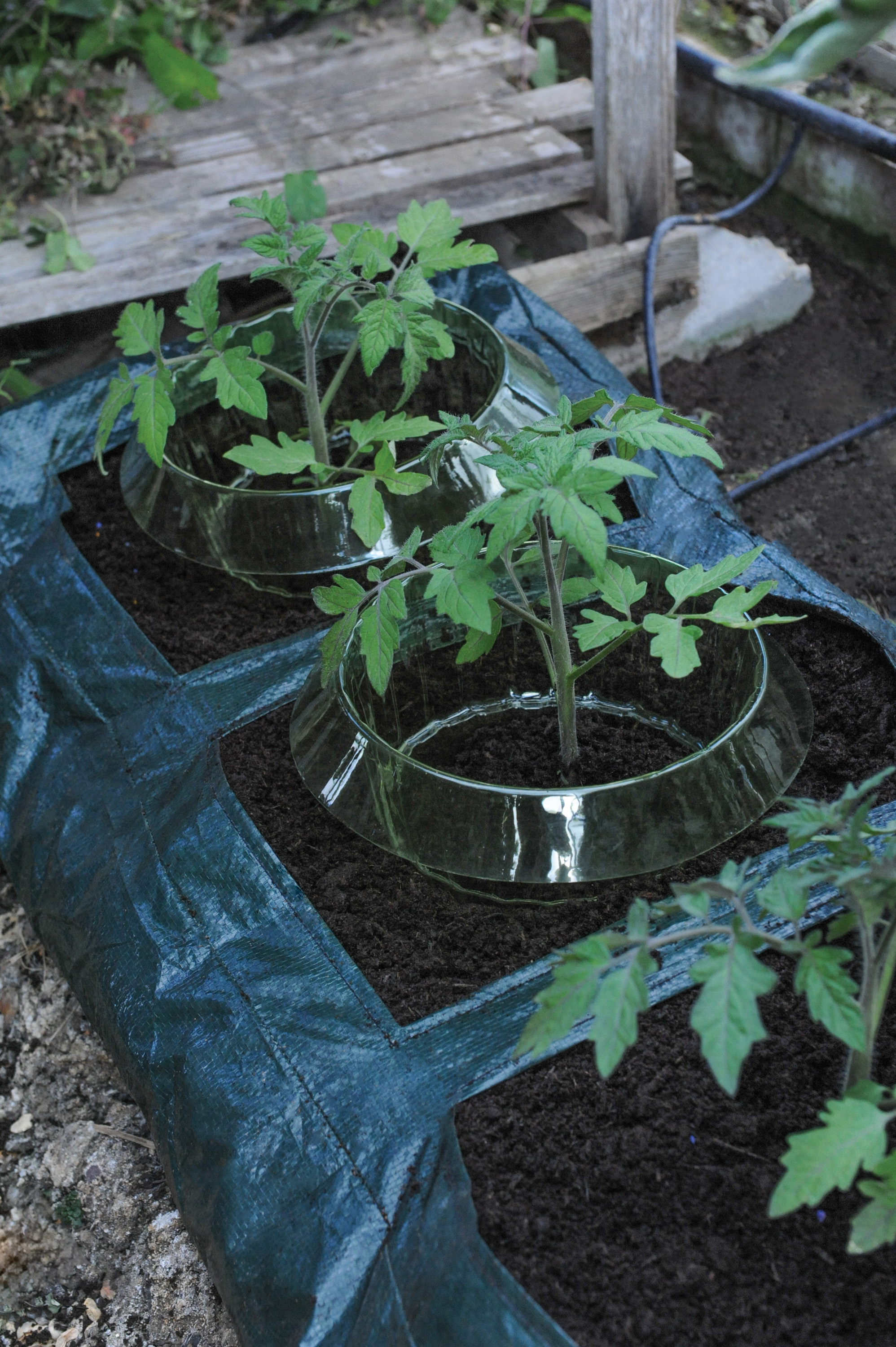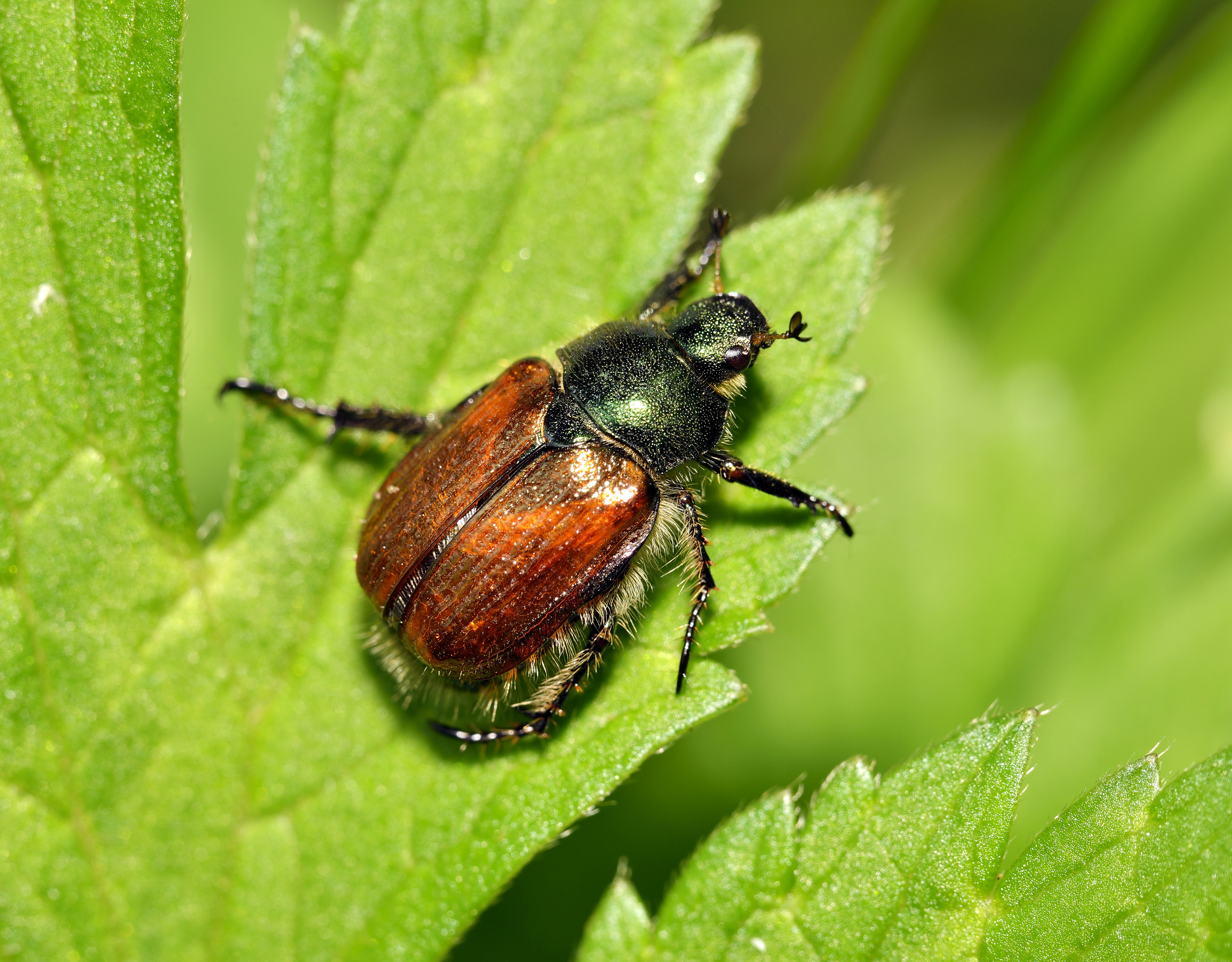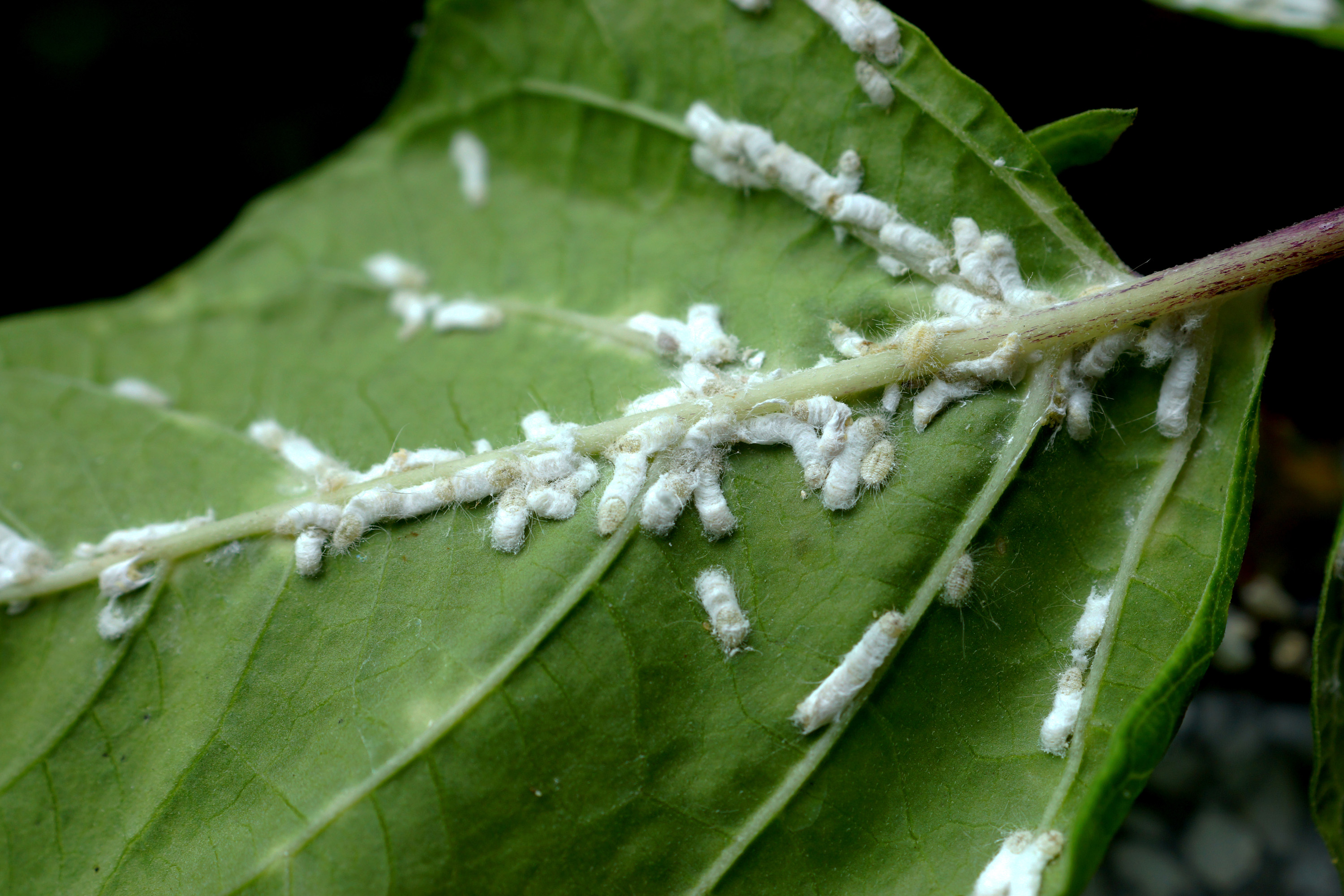5 garden pests to look out for and how to keep them under control
Want to protect your precious plants and crops from unwanted garden pests? Find out how to identify and get rid of these common pests


We all have to find ways of dealing with the various garden pests that live in our gardens, and some of them do cause more damage to our plants and crops than others.
With that in mind, it's worth learning what pests like which plants so you can be prepared in how to deal with them. Certain pests love different areas of the garden more than others, but lawns, greenhouse plants and veg patches will all fall prey to them at some point.
Prevention is always better than cure, however, so one of the best ways to keep pests under control is to create a diverse plant life in your garden. Doing this will encourage plenty of wildlife, which in turn will happily tuck into grubs and pests and help to keep them at bay.
Keep scrolling for five pests to watch out for in your garden and ways to deal with them, then check out our wildlife garden ideas for the best ways to encourage creatures great and small into your outdoor space so they can feast on your garden pests.
1. Snails

What’s a garden without a snail or 10? We know they are incredibly frustrating to deal with and they love eating all our veggies and flowers, but they do help to clean up garden debris. And of course, they provide food for mammals, insects, birds and earthworms.
If we remove every snail from our plot, then we will destroy the natural ecosystem of our garden and those who rely on them. So in many ways, it’s best to learn to live in harmony with them.
You can use some natural methods to try to minimise the amount you have and the damage they might cause to your crops. You can create a barrier around your plants using a snail collar for example, or you may have heard about adding sharp grit, broken eggshell and used coffee grounds on your veg patch. Snails don’t like copper either as it gives them a static shock, so consider copper rings or copper barrier tape around your plant pots too.
Have a problem with slugs too? Head over to our guide on how to get rid of slugs in the garden for our advice on dealing with them.
2. Fungus fly
This little gnat appears most often in March and September, which means that their larvae are growing in February and August.
They are pretty small and thankfully the adults only live for a few days, but in that time they mate and lay eggs. The young feed from fungal growth and decaying matter (there is plenty of that around at these key times of year) and they love damp soil too.
They are mainly found in seedlings and soft cuttings, so if you are growing seeds on your windowsill in the house or outside in the greenhouse you may see them. Not one to damage plants, the main issue is seeing them flying about. Do check your seedlings – if you are overwatering it will enable them to breed.
They aren't a massive issue out in the garden, but they can congregate around compost heaps that are constantly wet during the winter months. You can use organic sprays if they become a nuisance.
3. Carrot root fly

One of the most common pests is the carrot root fly, though it also likes parsley, parsnip and celeriac.
The adult flies lay their eggs in the soil at the base of the plants and as the larvae emerge they bury into the roots, which leaves you with brown tunnels and what looks like maggots in the roots – if you cut through one you will see them inside.
There are several non-chemical routes to try, such as insectproof netting, choosing varieties that have built up a resistance and sowing them later. August can be a good time to do this to avoid the second generation of the pest, plus try sowing them sparsely and don’t thin the seedlings too much as the female is attracted by the scent released when plants are removed.
There are sprays that control the carrot root larvae with Steinernema feltiae nematodes (available at Amazon and garden retailers) that are worth a try too.
There's more advice on getting great carrot crops in our guide on how to grow carrots.
4. CHAFER BEETLE GRUBS

If you love your lawn you will need to be aware of these grubs. They can quickly turn a beautiful lawn into a ripped up area of turf!
The beetles emerge between the end of May and July, depending on the temperature that year, and they will feed on shrubs before laying their eggs in grassy areas.
The other issue is that birds like magpies and crows, as well as animals like foxes and badgers, love the larvae so they will start digging up grass to feed on them.
There aren’t any pesticide solutions as such, but you can buy pathogenic nematodes that attack the larvae by infecting them with a fatal bacterial disease. Other than that, they seem to prefer lawns that are less heavily managed, so keep yours tip top with feed and water regularly.
5. Mealybugs

Mealybugs love greenhouses. They suck sap whilst leaving a sticky honeydew residue that can lead to the development of a sooty mould.
They look a bit like woodlice and lots of them together can resemble a ball of cotton wool, which is actually a fluffy wax that they use to protect themselves.
Cacti, orchids and African violets are particular favourites. The mealybugs weaken them after sucking the sap and can eventually kill them off.
Always check your plants for them, keep compost moist and remove any that you do see. You can also use natural enemies like the parasitic wasp Leptomastix dactylopii and a predatory beetle called Crytolaemus montrouzieri, both of which can be bought for mealy bug control.
Sophie has been an interior stylist and journalist for over 20 years. She recently trained to be a florist and launched The Prettiest Posy where she curates beautiful flowers for weddings and events.

